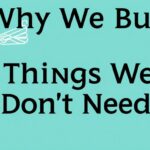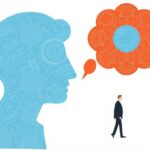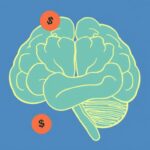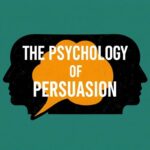Impulse buying is something all of us have experienced at one point or another. Whether it’s grabbing a candy bar at the checkout counter, splurging on that flashy gadget you didn’t plan to buy, or clicking “add to cart” during an online sale, impulse purchases are a fascinating part of our consumer behavior. But why do we buy things on a whim? What makes certain products irresistible, and how is our brain wired to make these quick, often irrational decisions? Understanding the science behind impulse buying not only sheds light on our personal habits but also reveals strategies marketers use to influence our choices.
In this article, we’ll explore the psychological and neurological factors behind impulse buying. We’ll break down how emotions, cognitive biases, and external stimuli converge to make us reach for that unplanned item. By the end, you’ll have a better grasp on what triggers your impulsive shopping decisions and maybe even some tips on managing them.
What Is Impulse Buying?
Impulse buying is defined as the spontaneous, unplanned purchase of goods or services. It occurs when a consumer suddenly feels the urge to buy something without any prior intention. Unlike planned purchases, which involve thoughtful consideration, impulse buying is often fast and emotionally driven. Retailers and marketers are well aware of this behavior and frequently design store layouts, advertisements, and product placements to encourage impulse purchases.
People might think impulse buying is solely about lack of self-control, but there’s much more happening beneath the surface. Several psychological mechanisms are at work, pushing us toward those quick, sometimes irrational purchases.
The Role of Emotions in Impulse Buying
Our emotions play a crucial role in impulse buying. When we feel happy, excited, or even stressed, our brain searches for ways to enhance or alleviate these feelings. Purchasing something new can create a quick burst of joy, a temporary lift often referred to as a “retail therapy” effect. This emotional boost is largely due to dopamine, a neurotransmitter associated with reward and pleasure.
On the flip side, negative emotions like sadness or anxiety can also lead to impulse purchases as a way to compensate or distract from uncomfortable feelings. This emotional regulation is a key driver in many spontaneous shopping decisions.
Neurological Foundations: The Brain on Shopping
When you see an appealing product and decide to purchase it impulsively, your brain’s reward system lights up. Research using brain imaging techniques shows that the nucleus accumbens, a part of the brain involved in reward anticipation, becomes activated. This region releases dopamine, reinforcing the desire to buy.
At the same time, the prefrontal cortex—which is responsible for rational thinking and self-control—might be less engaged during impulse buying moments. This imbalance between emotional reward centers and cognitive control explains why it’s sometimes hard to resist those tempting purchases.
Common Triggers of Impulse Buying
Understanding the triggers can help us become more mindful of our buying behaviors. Impulse buying can be influenced by internal factors like mood and personality, and external factors such as environment and marketing tactics.
Internal Triggers
- Emotional State: Feeling happy or sad can prompt unplanned purchases for mood regulation.
- Personality Traits: People who score high on impulsivity or sensation-seeking are more prone to impulse buying.
- Self-Esteem: Low self-esteem may push shoppers to buy items that boost confidence temporarily.
External Triggers
- Store Layout: Items placed near checkouts or at eye level encourage quick grabs.
- Limited-Time Offers: Discounts or flash sales create a sense of urgency.
- Product Placement: Strategic positioning of products in stores and online can influence impulse decisions.
- Advertisements: Emotional, persuasive ads can spark the desire to buy.
The Impact of Technology on Impulse Buying
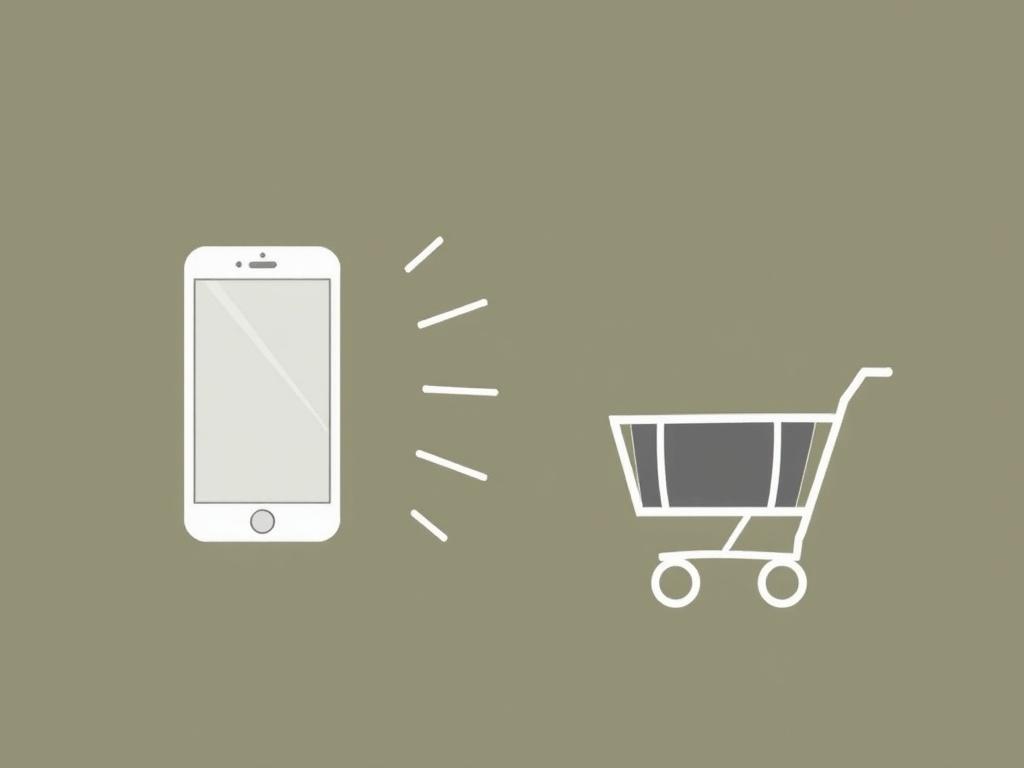
Technology has changed the landscape of shopping substantially. Online shopping platforms with one-click purchasing, targeted ads, and personalized recommendations have made it easier than ever to indulge in impulse buying.
Mobile Shopping and Apps
Smartphones put shopping in our pockets 24/7, making impulse purchases just a tap away. Push notifications about sales, social media ads, and easy payment options all combine to reduce the friction between desire and purchase.
The Role of Social Media
Social media platforms often feature sponsored posts, influencer endorsements, and peer recommendations, which can encourage impulsive shopping. The constant stream of new products presented in an engaging format makes it harder for consumers to resist spontaneous purchases.
Marketing Strategies That Exploit Impulse Buying
Marketers are well aware of the elements that trigger impulse buying, and they design campaigns and environments accordingly. Let’s take a look at how they do it.
Store Environment Design
Many stores use sensory cues like music, lighting, and scent to create a pleasant atmosphere that encourages shoppers to linger and buy more. For example, a bakery’s smell can tempt customers to buy a quick snack they hadn’t planned for.
Scarcity and Urgency
Psychological tactics like “only 2 left in stock” or “sale ends in 1 hour” tap into our fear of missing out (FOMO). These messages push consumers to make rapid decisions without overthinking.
Price Anchoring
Showing a higher original price next to a discounted price makes the deal seem more attractive, encouraging an impulse purchase. This tactic exploits how our brains anchor onto initial information, influencing perceived value.
Product Bundling
Offering items as a package deal suggests added value and can entice customers to buy more than they initially intended.
Signs You Might Be an Impulse Buyer
It’s useful to recognize if impulse buying is impacting your finances or well-being. Here are some common signs:
| Behavior | Description |
|---|---|
| Frequent Unplanned Purchases | Buying items without prior intention multiple times a month. |
| Lingered Buyer’s Remorse | Regretting purchases shortly after making them. |
| Overspending | Exceeding budget or using credit to cover impulsive buys. |
| Buying to Soothe Emotions | Shopping triggered by feelings like sadness, boredom, or anxiety. |
| Difficulty Resisting Offers | Struggling to say no to discounts or promotions. |
How to Manage and Reduce Impulse Buying
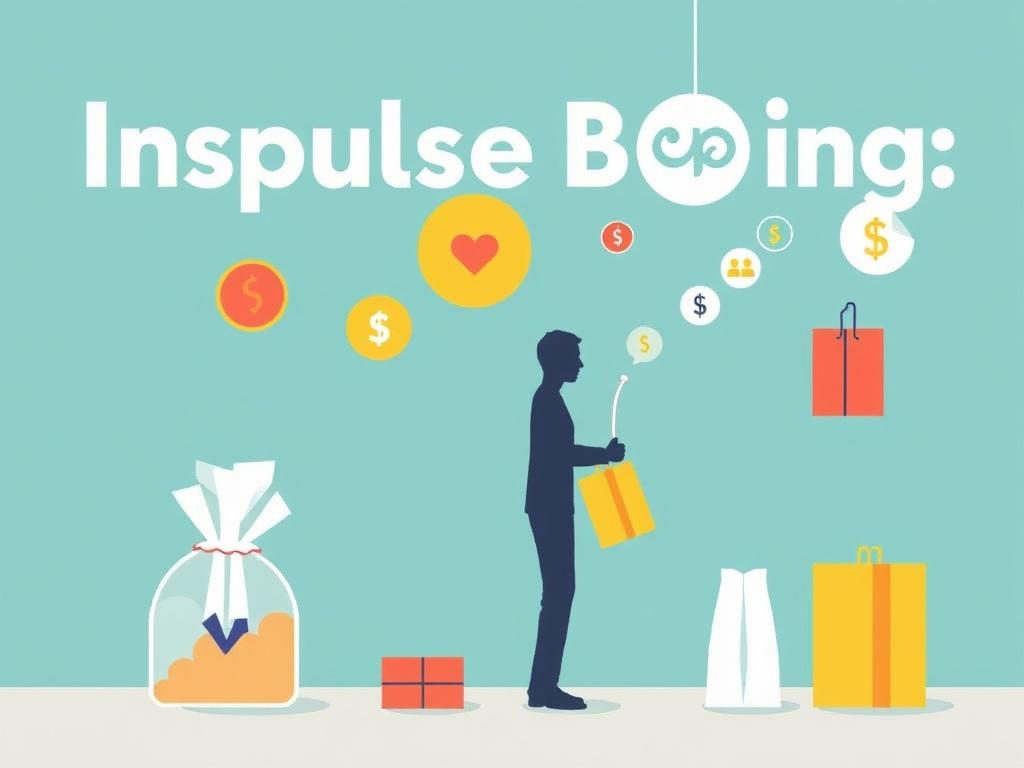
Impulse buying isn’t necessarily bad, but when it becomes excessive or financially harmful, management strategies can help. Here are practical tips to control impulsive spending.
Make a Shopping List and Stick to It
Planning your purchases and committing to a list reduces the chance of grabbing unneeded items.
Set a Budget
Define spending limits for discretionary items to keep impulsive buys in check.
Avoid Shopping When Emotional
Since moods heavily influence impulse buying, try not to shop when you’re upset or overly excited.
Limit Exposure to Temptations
Unsubscribe from promotional emails, avoid aimless browsing, and stay away from stores or online sites when unnecessary.
Delay Purchases
Implement a cooling-off period—wait 24 hours before buying something that wasn’t on your list. Often, the urge passes with time.
Use Cash Instead of Credit Cards
Paying with cash physically limits your available funds and reduces overspending.
The Benefits and Downsides of Impulse Buying
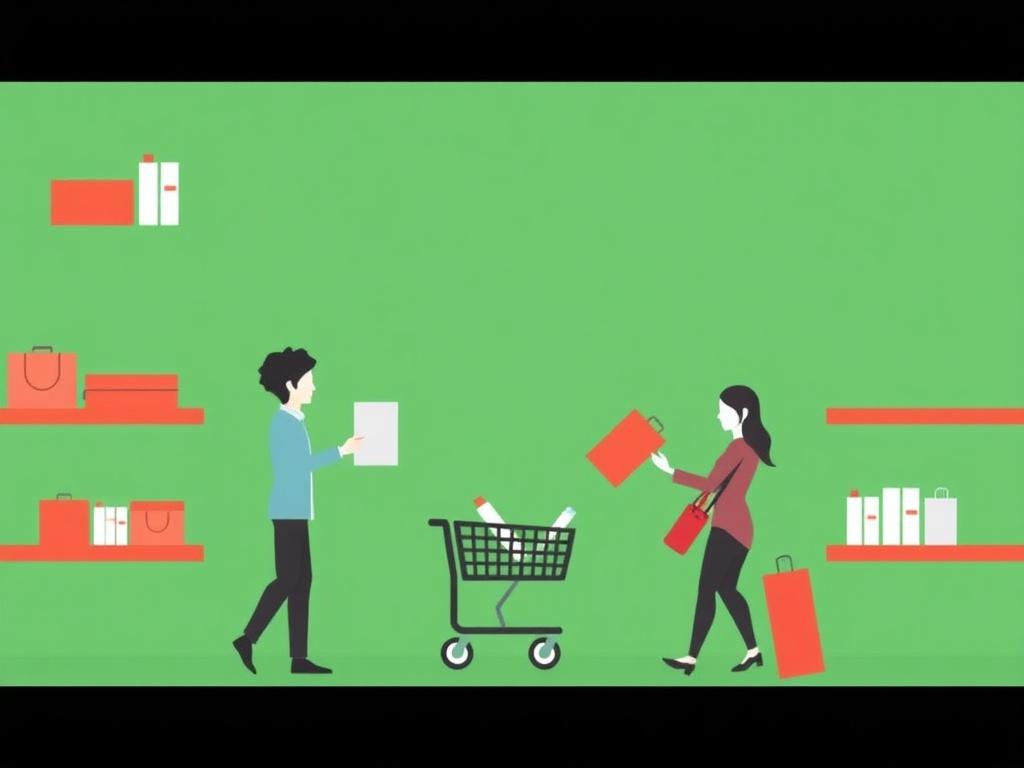
Impulse buying isn’t all bad. It can have positive effects when done in moderation, but it also carries risks.
Benefits
- Joy and Excitement: The spontaneity can provide a mood boost and satisfaction.
- Convenience: Quickly acquiring needed but unplanned items saves time.
- Discovery: Sometimes impulse buys lead to finding useful or enjoyable new products.
Downsides
- Financial Problems: Excessive impulsive spending can lead to debt or budgeting issues.
- Buyer’s Remorse: Regret and dissatisfaction with unnecessary items.
- Clutter: Accumulating items that aren’t truly needed can create waste and disorder.
Impulse Buying in Different Cultures
The tendency to buy impulsively is shaped by cultural, social, and economic factors. In some cultures, consumerism is promoted as part of the lifestyle, fueling impulse purchases. In others, thrift and restraint are more valued, which can curb impulsive behavior.
Moreover, access to digital shopping platforms varies globally, influencing how and when impulse purchasing occurs. As globalization advances, many nations are experiencing shifts in consumer patterns, blending traditional habits with new, impulse-driven shopping influenced by worldwide trends.
Future Trends: How Will Impulse Buying Evolve?
With rapid advances in artificial intelligence, virtual reality, and personalized marketing, impulse buying is poised to become even more sophisticated.
Imagine virtual stores tailored explicitly to your preferences or AI shopping assistants that suggest items before you even realize you want them. These technologies could heighten impulse purchases but also present opportunities for better consumer awareness and control.
Additionally, there is a growing movement toward conscious consumption, with some shoppers becoming more mindful and intentional, potentially curbing impulsive habits through education and digital tools.
Summary Table: Impulse Buying Factors and Solutions
| Factor | Description | Possible Solution |
|---|---|---|
| Emotional Triggers | Mood influences purchase urgency. | Shop when calm, delay purchases. |
| Marketing Tactics | Sales, placement, urgency tactics promote impulse buying. | Avoid unnecessary ads, unsubscribe. |
| Technology Access | Easy online buying increases impulsivity. | Set app limits, remove payment info. |
| Personality Traits | High impulsivity and sensation-seeking raise risks. | Practice self-awareness, mindfulness. |
Conclusion
Impulse buying is a complex dance between our emotions, brain chemistry, environment, and the ever-evolving marketplace. While it can bring occasional delight and quick gratification, unchecked impulse purchasing can lead to financial strain and regret. The science behind impulse buying reveals how much of this behavior is rooted in our biology and psychology, influenced heavily by the strategies employed by marketers and the convenience of modern technology. The good news is that by understanding these underlying causes and triggers, we can better manage our impulses and make smarter choices that align with our values and budgets. Whether you’re a habitual impulse buyer or just occasionally give in to a sudden craving, becoming aware of these dynamics empowers you to shop more mindfully, combining enjoyment with responsibility.


